Train station product sampling works. Let’s start with some statistics. Did you know that three million of us use the train every day? Or to put it another way, every year nearly twice as many people (123 million) use Liverpool Street Station than Heathrow Airport; and that number is rising all the time.
Whether it’s for work or leisure, that’s a lot of potential customers, which hasn’t gone unnoticed by experiential marketers.
Opportunities
Train stations across the country are besieged by commuters on a daily basis – many of whom pass through the station at least twice a day. This gives you multiple opportunities to present your product samples; in the early mornings as people make their way into work; during the lunch hour when they are grabbing their midday food; or at the end of the day as they make their way home.
Train stations are also an effective place to reach tourists, visitors and travellers – who often have more time on their hands. You can use the increased dwell time to build a rapport with them with an engaging product sampling campaign and provide them a positive experience that they will relay to friends and family in their town/country.
Belvita
Product sampling at train stations works particularly well for food brands. For example, Belvita carried out a product sampling exercise last year in which 185,000 Belvita Breakfast bars were distributed across a number of train stations including Bristol Temple Meads and Cardiff, in the Monday morning rush hour, to reach busy men and women between 25 and 35-years-old.
The exercise generated a huge amount of interest and more than 30,000 samples were distributed over a 3-hour period.
In a similar vein, to complement Nestlé’s ‘Battle of the Breakfasts’ advertising campaign, brand ambassadors visited train stations in the morning rush hour to hand out samples of Nestlé cereals. The product sampling activity tied in with the advertising campaign which had just been launched to educate the public about the different nutrition values of a variety of breakfast options.
Using travel hubs such as train stations can be a very efficient way to reach a high volume of people in a short time frame, without the overhead costs associated with more expensive types of experiential activity. Product sampling can also be used to great effect as a complementary activity to a larger, integrated marketing campaign as has been demonstrated in the examples above.
Hotcow is a non-traditional creative agency that specialises in experiential marketing that goes viral. Our campaigns generate buzz through crowd participation, PR and content sharing. Contact us on 0207 5030442 or email us on info@hotcow.co.uk.




